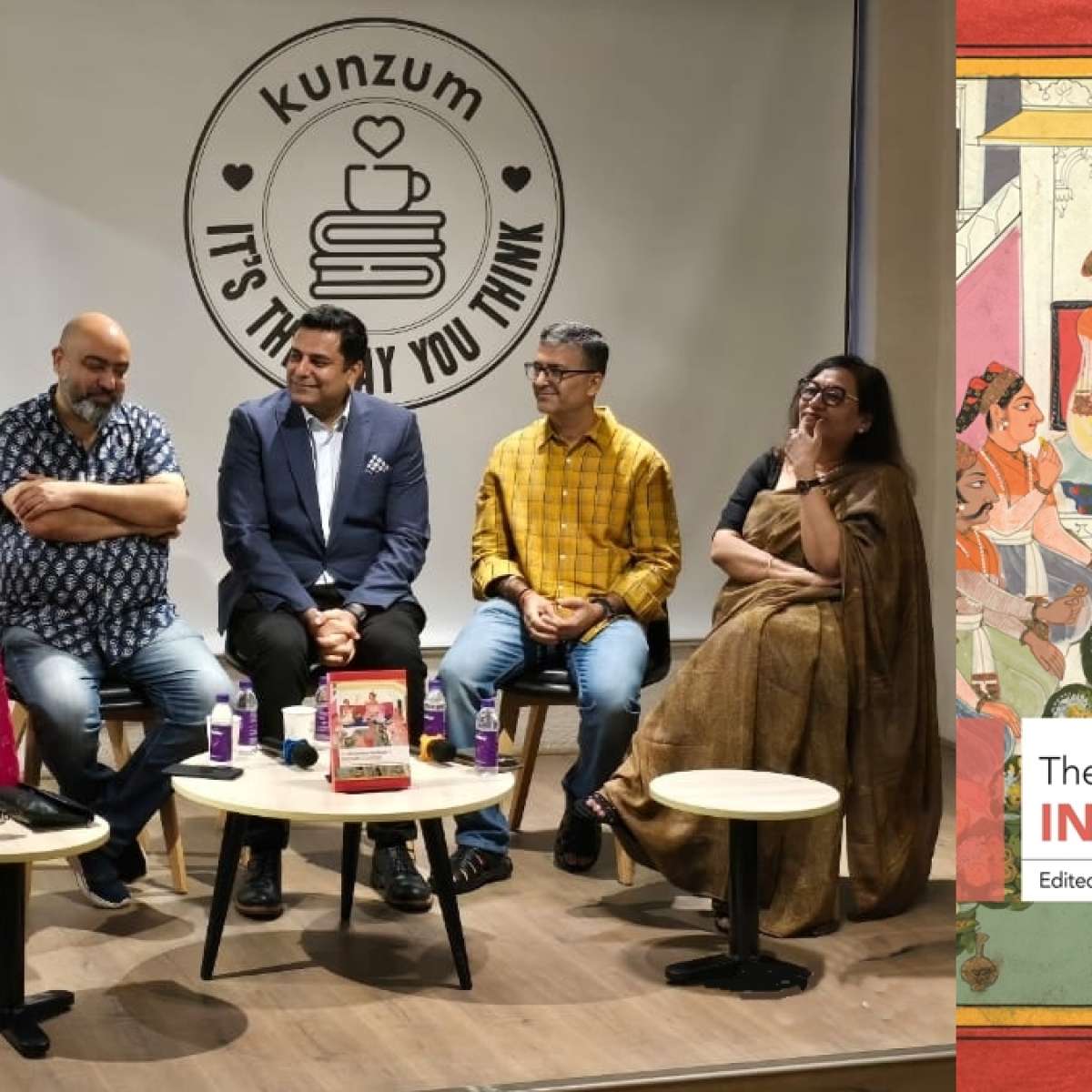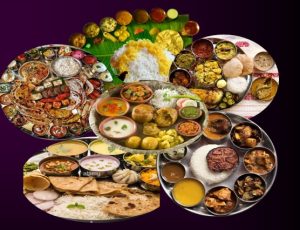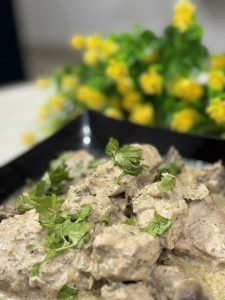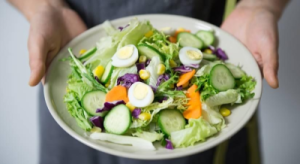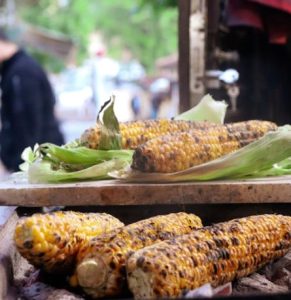Beyond the myriad flavours along the length and breadth of India, Anubhav Sapra pointed out that the world has come to realise that Indian cuisine is way more diverse than “dal, paneer and butter chicken,” as a reflection of vibrant Indian culture…reports Asian Lite News
It was an evening bustling with sprightly banters, the eclectic crowd of all ages of adults with a “taste,” connoisseurs of “molecular gastronomy,” and the aroma of coffee pervaded the air as the audience awaited the launch of the international paperback edition of ‘The Bloomsbury Handbook Of Indian Cuisine’ here.
Setting the tone of the evening, Sourish Bhattacharyya, one of the editors of this book (along with Taylor Sen and Helen Saberi), proclaimed the culinary discourse dedicated to food influencers.
The speakers on the occasion comprised Samir Bawa, Kavita Devgan, Anubhav Sapra, Pawan Soni and Sneha Saikia—the eminent personalities in their domains that are founded on food came together on Thursday evening.
Acknowledging that Indian food has become “a big force in the world,” the discussion centred on how food defines India’s soft power in the eyes of the world.
The perception of India’s “street food” has changed significantly—from foreigners, particularly Westerners, preferring to avoid it out of concern for health and hygiene, to them getting excited or at least curious about the numerous roadside treats thronged by locals.
Beyond the myriad flavours along the length and breadth of India, Anubhav Sapra pointed out that the world has come to realise that Indian cuisine is way more diverse than “dal, paneer and butter chicken,” as a reflection of vibrant Indian culture.
Driving home the health aspect of food becoming mainstream once again, nutritionist Kavita Devgan highlighted that “much has changed” in the way people eat now. From reviving the traditions of consuming millets to what our grandmothers fed the family, “we have started questioning where we are going wrong,” she said, indicating the traditional ways of eating making a comeback.
Quoting the example of turmeric and how its regular consumption is studied by Western scholars to keep Alzhimer’s at bay, she said that several traditional Indian ways of eating are proving to be correct (all over again). “The health aspect of our diet is broadcasted worldwide,” she asserted.
Given the number of food writers that has gone up significantly over the past decades, social media plays a pivotal role in popularising Indian foods among Indians, as well as taking Indian cuisine, with its details and specifics, to the world at large.
Pawan Soni mentioned that ordinary people (non-influencers) among the Indian diaspora realise the value of nearly forgotten local recipes like pickles and kanji (fermented non-alcoholic traditional drink in India) for their health benefits.
Keeping close to roots, Anubhav Sapra drew attention to another conspicuous change pertaining to the perception of Indian food among foreigners: “Breaking down the myth of the ‘curry’, that India food is always ‘spicey’.” There is greater awareness of diverse Indian flavours and distinct cuisines among foreigners now.
However, as Sameer Bawa pertinently pointed out, there is much in Indian cuisine to offer to the world but there happens to be little beyond the monotonous “dal, paneer and butter chicken,” for someone who is not an Indian food enthusiast.
Informing that hotel courses have in their curricula French cuisine and not Indian, despite its great variety and diversity, Sameer revealed that Indian cuisines are not documented sufficiently. “We need to document it and showcase it to the world,” he said.
Interestingly, on the other hand, Sameer also said that he has been “very democratic about food—show what’s good on the palate!”
Certainly, food habits, cuisines, and traditions around it are an authentic reflection of a place and people’s cultural identity. On that note, Sneha Saikia, brought to the discussion a branch of Indian cuisine that was until recently, considered a rather alien culture: Northeastern cuisine.
Beyond the famous ‘bhoot jolokiya’ (hottest pepper) and a penchant for pork, the distinct northeastern cuisine remains a far less explored domain.
Thanks to rampant social media influence, people may now know the names of a few dishes, but as a reflection of culture, it is “the knowledge of the pattern of eating” of people of a certain region—such as closing the meal with a tangy dish and no concept of dessert, as Sneha said.
Evidently, as we get conscious about what we are consuming and how we do that, food as an experience can be nourishing and enriching—not just physically, but also emotionally, culturally, and intellectually.
ALSO READ-Wholesome Dishes for the Winter Chill

